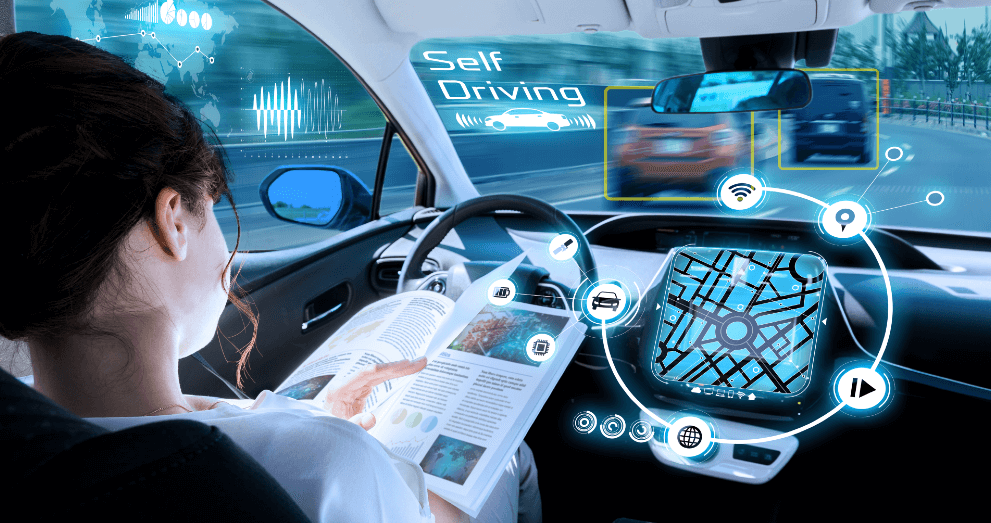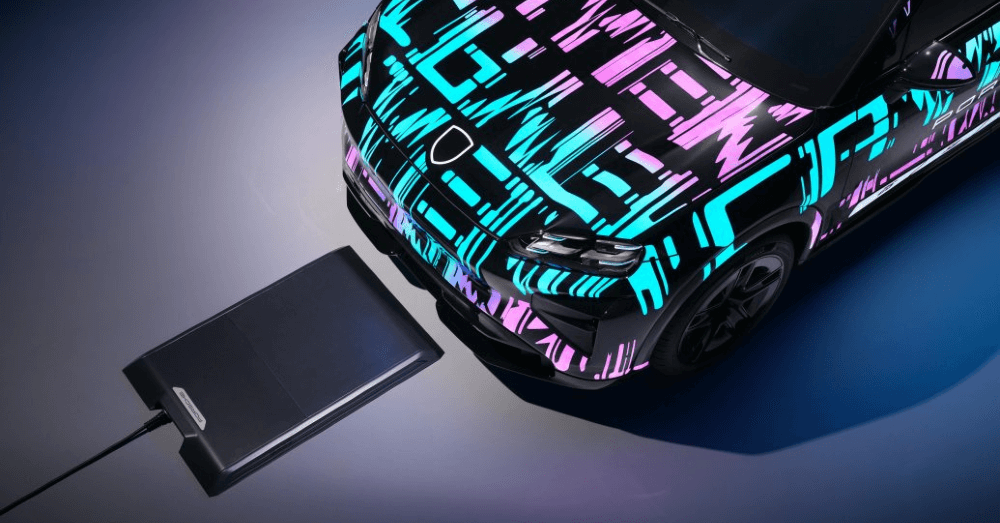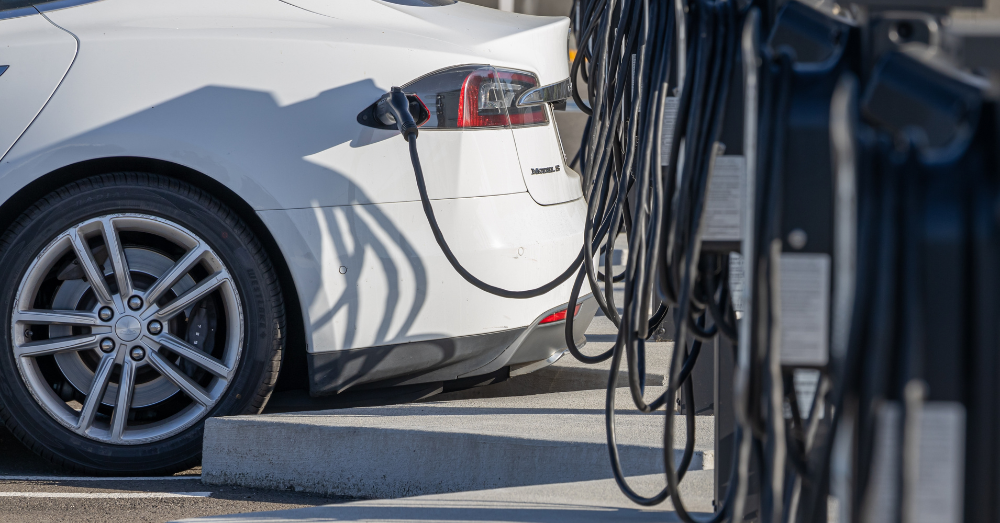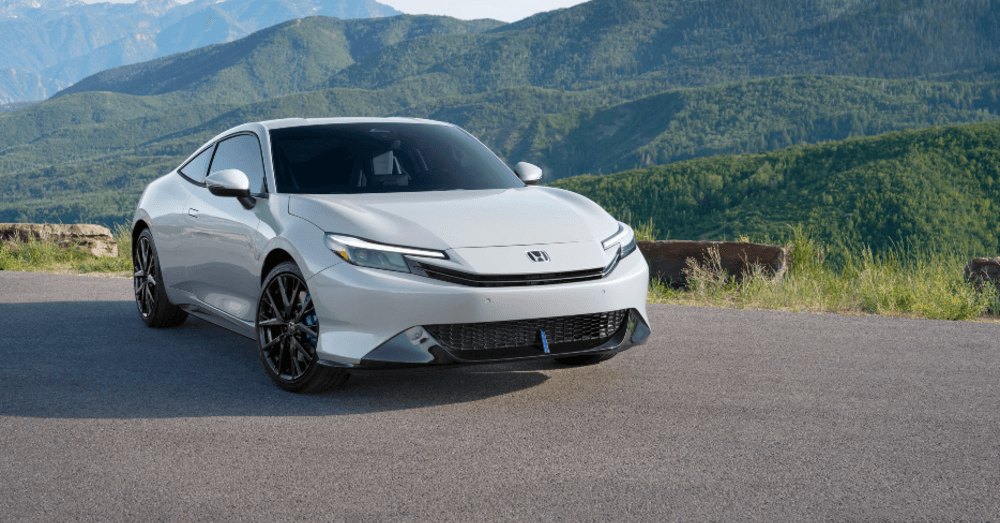The Future of Autonomous Vehicles: How Close Are We to Self-Driving Cars?

Sometimes, we feel extremely close to autonomous vehicles that could give us the self-driving technology of the future, but other times, it’s the opposite.
Companies such as Tesla, Waymo, and Cruise have tested and show that self-driving cars are possible, but none have developed the technology to intertwine with human-driven cars. This will be the first step toward full autonomy; vehicles that can drive similar to humans and handle the challenges provided by people-driven vehicles.
Here are some of the roadblocks that continue to push autonomous vehicles further into the future.
Hardware and software isn’t ready yet
It’s easy enough to program a vehicle’s computer to drive on a closed course, such as what Tesla recently did, but integrating with other vehicles and unpredictable situations is another story. What happens when a vehicle encounters a situation that isn’t programmed into its computer system? This should be the job for AI, but AI programming must also provide the decision required when nearly every situation arises. The unpredictability of vehicular transportation is a huge roadblock to moving self-driving technology forward.
Mapping and navigation software must be extremely precise
How often do you see road construction in your area? Are there any new housing or business developments being built that could alter the roadways? These ever-changing items make it extremely difficult to have the extremely detailed and precise mapping requires for autonomous vehicles to drive and make their way around a city. The precise location and traffic dimensions required might mean self-driving vehicles are still years away. Eventually, construction companies could be required to upload daily updates on projects to help these vehicles navigate more easily.
Required sensors are ugly and expensive
Although we could toss out vehicle style for the proper set of sensors that can make self-driving safe and possible, the sensors required for this type of technology are extremely expensive. Currently, the most effective sensors for self-driving vehicles use Lidar (light detection and ranging), which uses lasers to see the area that the car is going. This creates an instant 3D map to aid the computer in moving the vehicle through the area. Unfortunately, Lidar is currently very expensive.
Advanced V2V technology is a must
Vehicles will need to communicate with each other to help each vehicle drive safely and efficiently through any area. This could also lead to V2I communication, which is to the infrastructure instead of other vehicles. Moving forward with these technologies could be the key to autonomous vehicles being successful, but this tech and structure are still several years away from being available and useful. Developing V2V technology will help alert other vehicles of approaching emergency vehicles or issues in traffic, such as a broken-down vehicle.
Safety will be a huge concern at first
Self-driving vehicles from Waymo and Cruise have already been called into question when some have been in crashes, especially those that have killed people. Although more than 35,000 people die in car crashes in America each year, when technology is the culprit, this is a serious problem. We expect our computers and computer systems to work flawlessly, and that is exactly what’s needed in a self-driving vehicle. If you’ve ever had to reboot your phone, computer, or tablet because it wasn’t functioning correctly, you understand how computers can fail.
Drivers won’t be quick to give up control
How many people do you know that want to let their cars do the driving? It will take a long time for most people to get used to the idea of vehicles handling these duties. Part of autonomous vehicles is having the courage to allow the vehicle to handle the driving. Can you imagine putting your family in a car that does all of the driving for you? Eventually, this situation will be accepted, but it will likely take a long time and a lot of proof that these vehicles are viable and safe.
People are unpredictable
How often have you seen other drivers and pedestrians doing something they aren’t supposed to while walking or driving? Toss in dogs that are being walked on leashes, wild animals in rural areas, and children that can dart out in front of a vehicle, and you’ve got a recipe for potential disaster. People, animals, and other drivers are unpredictable, and programming for self-driving vehicles must account for these situations, which requires an incredible amount of data.
Although it seems companies like Tesla, Waymo, and Cruise are close to solving the puzzle of autonomous vehicles, there’s still a long way to go with many roadblocks in the way.
This post may contain affiliate links. If you buy products through these links, we may receive a commission, at no additional cost to you.






